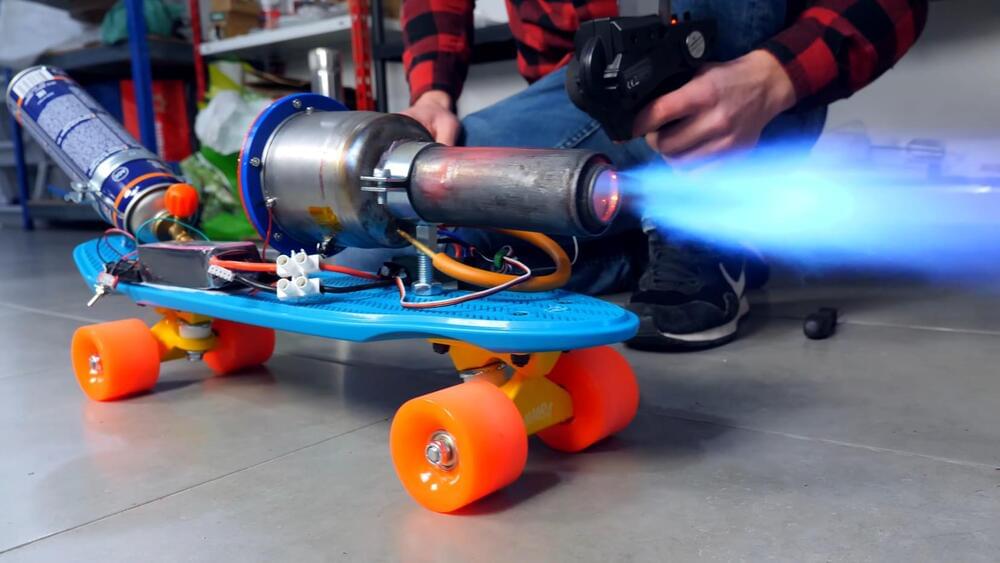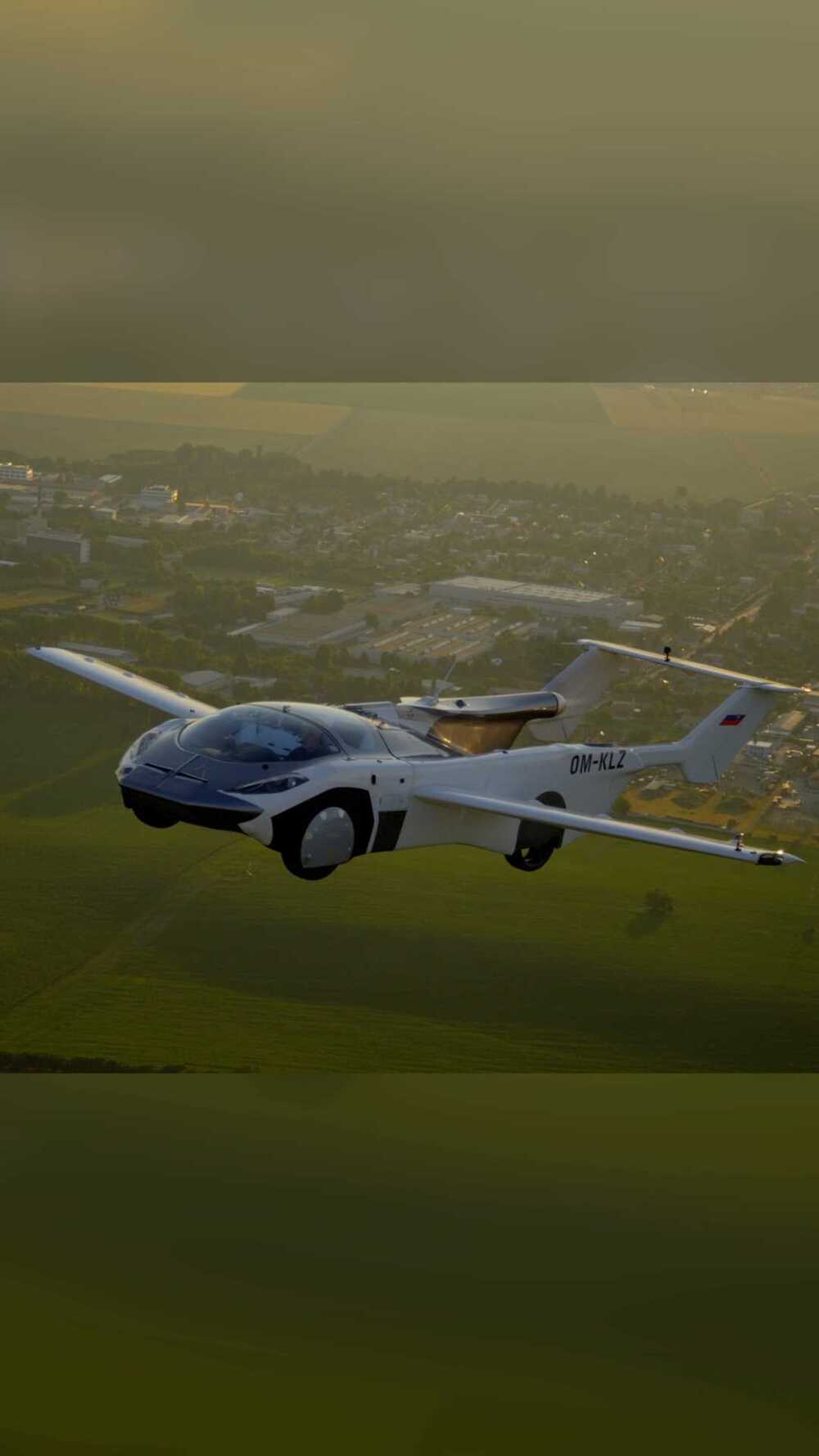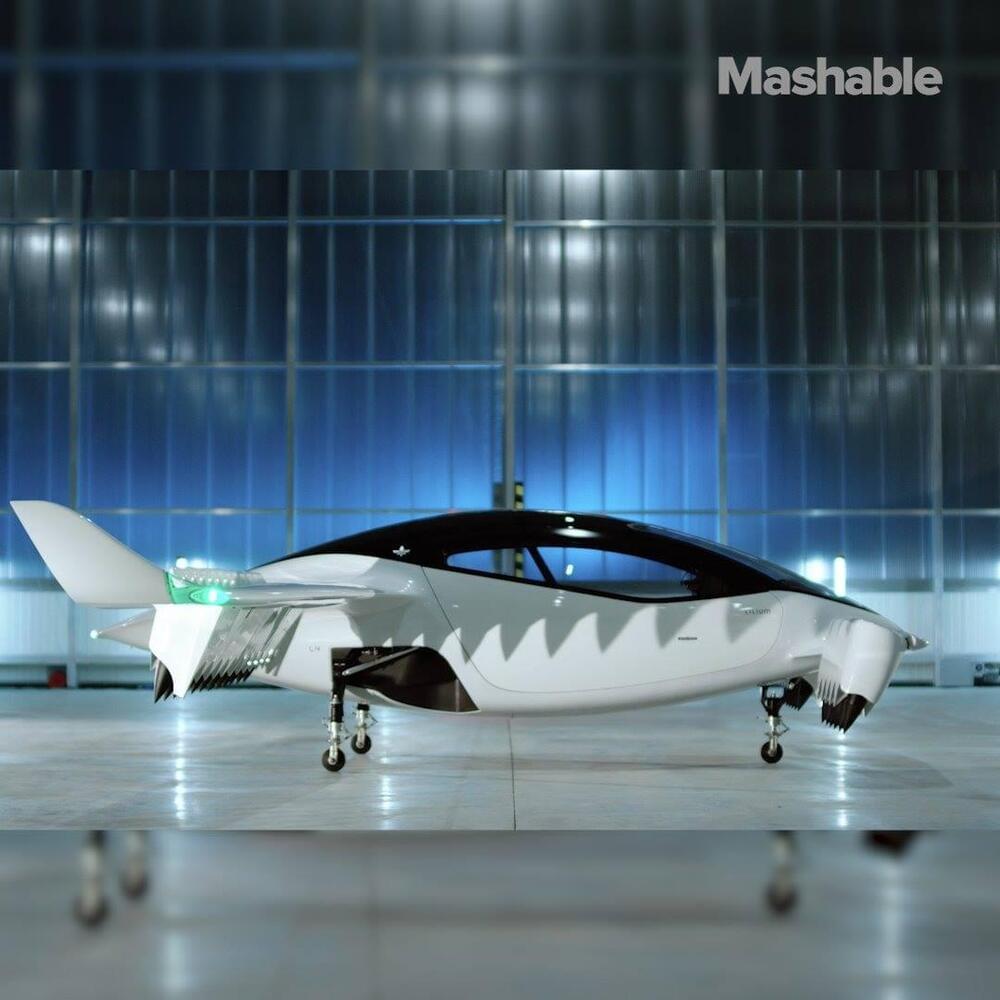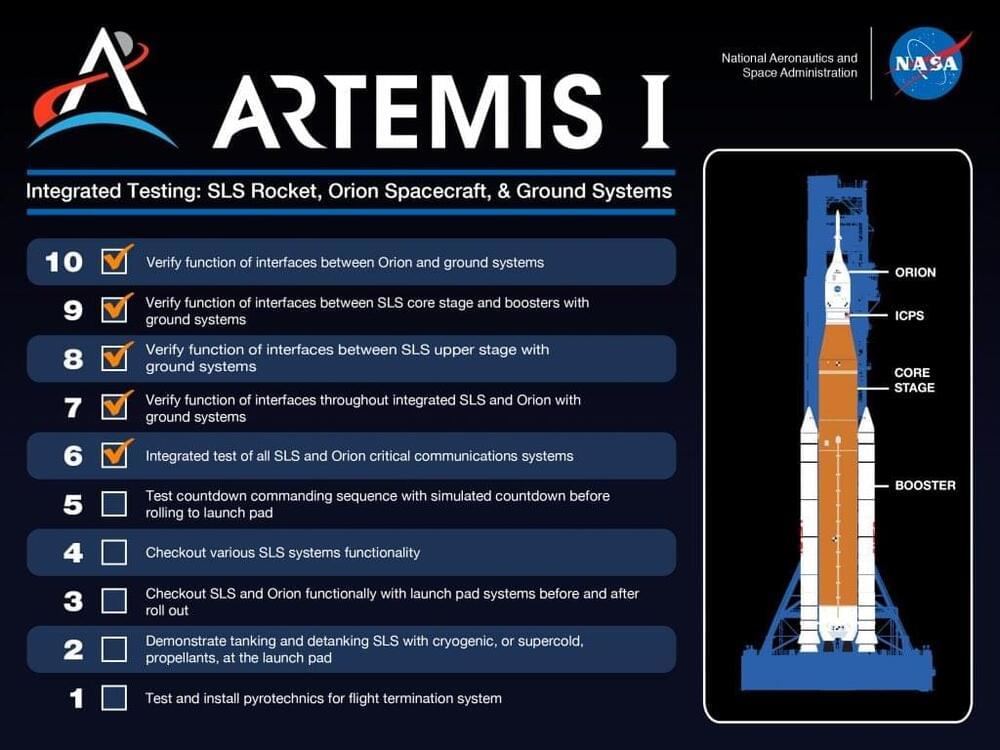Mar 3, 2022
Electric Jet Engine Uses 3D Printed Compressor, Skips The Turbine Altogether
Posted by Shubham Ghosh Roy in categories: 3D printing, energy, engineering, transportation
Turbojet engines are an incredible piece of 20th century engineering that except for some edge cases, have mostly been replaced by Turbofans. Still, even the most basic early designs were groundbreaking in their time. Material science was applied to make them more reliable, more powerful, and lighter. But all of those incredible advances go completely out the window when you’re [Joel] of [Integza], and you prefer to build your internal combustion engines using repurposed butane canisters and 3D printed parts as you see in the video below the break.
To understand [Integza]’s engine, a quick explanation of Turbojet engines is helpful. Just like any other internal combustion engine, air is compressed, fuel is burned, and the reaction produces work. In a turbojet, a compressor compresses air. Fuel is added in a combustor and ignited, and the expanding exhaust drives a turbine that in turn drives the compressor since both are attached to the same shaft. Exhaust whose energy isn’t spent in turning the turbine is expelled and produces thrust, which propels the engine and the vehicle it’s attached to in the opposite direction. Simple, right? Right! Until the 3D printer comes in.
Continue reading “Electric Jet Engine Uses 3D Printed Compressor, Skips The Turbine Altogether” »
















